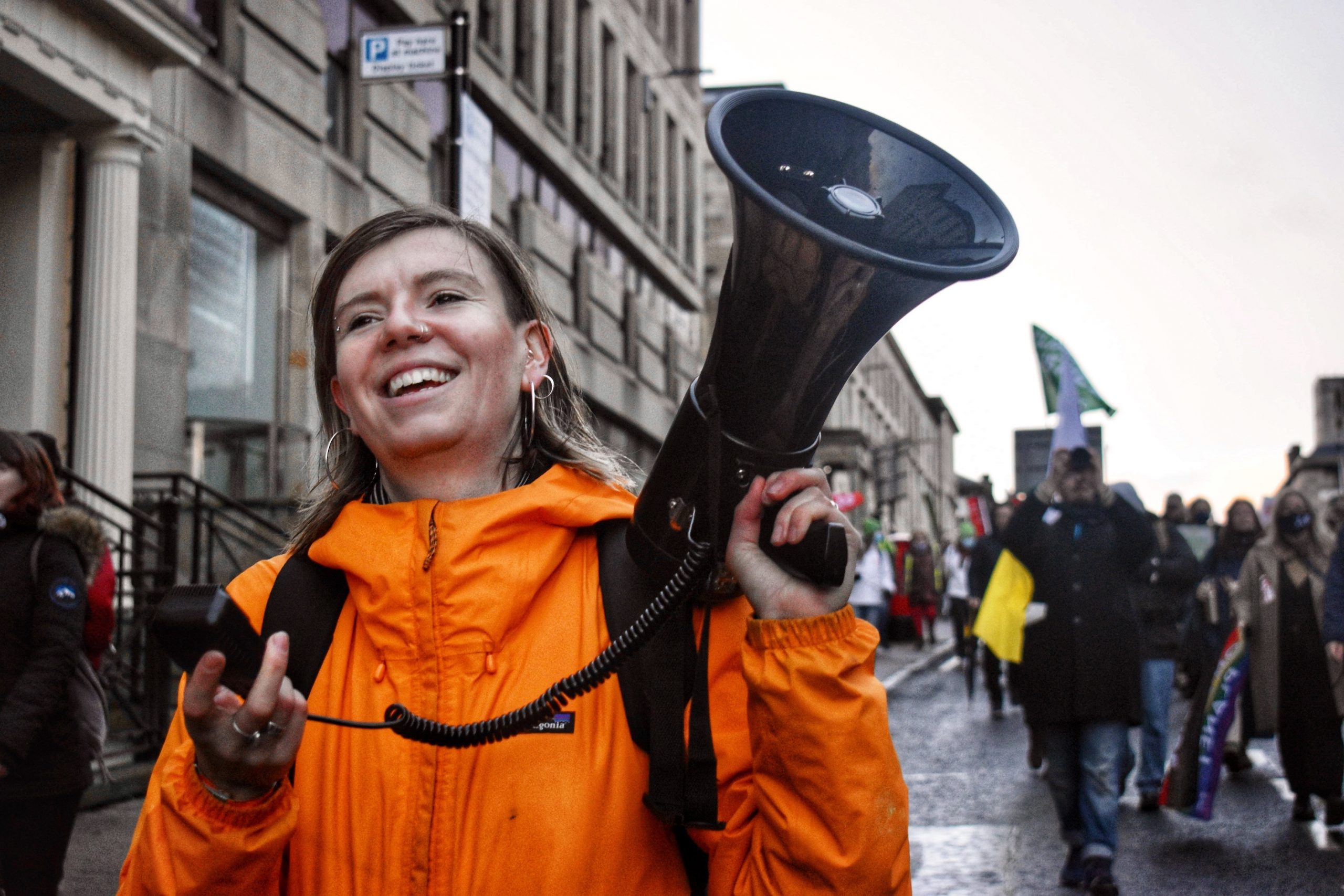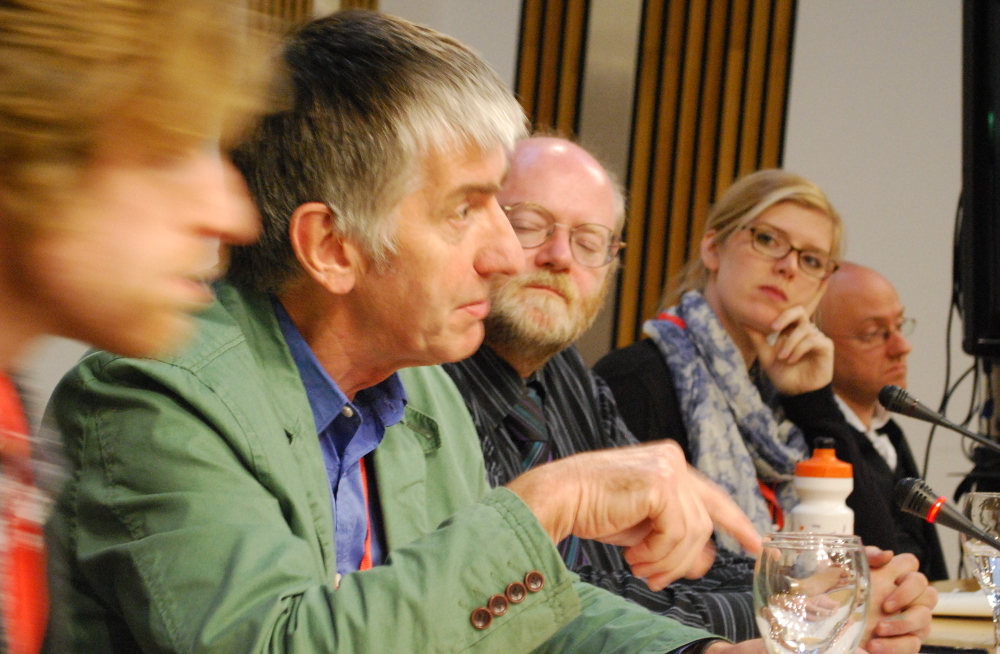
Should we break-up RBS?

Ray Perman authored Friends of the Earth Scotand’s 2014 paper “Smaller Greener Banking: Banking for sustainability in a New Scotland”. He is Chairman of the James Hutton Institute and former publisher and journalist.
Unlike Lloyds, where the Government has been steadily selling shares it acquired when the bank had to be rescued in 2008, RBS remains 80% owned by the public. Despite a drastic pruning of its balance sheet and the sale of non-core businesses, its stock price is still substantially below the level at which taxpayers, who funded the £45 billion recapitalisation of the bank, would get their money back.
Chancellor George Osborne can only dream of returning the bank to the private sector and using the proceeds to pay down the national debt. So what should be done with it?
An alternative had been proposed by the New Economics Foundation, which suggests that rather than reprivatising RBS, the Government should create a network of regional banks. “We have a unique opportunity to rebuild public trust in the UK banking sector”, it says. “Restructuring RBS into a network of local banks with a public service mandate and supervised by citizen stakeholders would transform the face of UK domestic retail banking and bring significant economic benefits.”
The idea is not new (I proposed it myself in my report Smaller Greener Banking for Friends of the Earth Scotland last year), but what is novel is the level of evidence and analysis marshal led by NEF to support their case. The report argues that there are considerable uncertainties about the amount of money that could be raised by the government through a sell-off, how soon it could be raised, and whether it would be possible to avoid making a loss on the sale. Turning RBS into a local stakeholder banking network would deliver significant economic and social benefits much quicker.
Through comparisons with public savings banks in Germany and Switzerland, NEF estimate’s that UK GDP would already have benefited from an immediate boost of £7.1 billion, and an additional £30.5 billion over three years had localisation taken place in 2008 – exceeding the £700m annual savings in government interest payments that would result from using the estimated £40 billion proceeds from privatisation to repay the national debt.
The key benefits of restructuring RBS into a network of local stakeholder banks would be:
- Increasing credit for the “real economy,” rather than financial and property lending favoured by big banks;
- protecting jobs and growing their number and quality;
- improving the diversity and resilience of the UK banking system;
- promoting financial inclusion and rebalancing the economy.
It would also help to increase investment and economic development in regions outside London, as well as bringing greater financial support for local social, cultural, and sporting activities.
The report gives two regional examples for England (a “Royal Bank of Bradford” and one for Cornwall), but says that Scotland, Wales and Northern Ireland should be addressed by the devolved administrations. In fact there is both a need and an opportunity to press for the break-up of RBS in Scotland. The Competition and Markets Authority is investigating UK personal and small and medium business banking, where five banks hold more than 70% of the market between them. In Scotland the situation is much worse. Analysis by the Scottish Government shows that just two banks – RBS and Bank of Scotland (now owned by Lloyds) – share 70% of those markets.
Should the general election in May result in a Conservative Government it is likely that RBS will remain in public ownership until it can beprivatised. The Labour and Liberal Democrat parties are likely to be more receptive, although Labour’s recent banking reform paper stopped short of advocating the break-up of the large banks.
It is an issue the Scottish Government should consider seriously.
- This post originally appeared on Ray’s blog. Read more about Friends of the Earth Scotland’s work on banks here.
